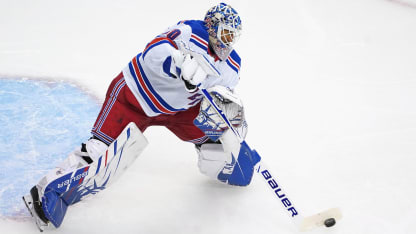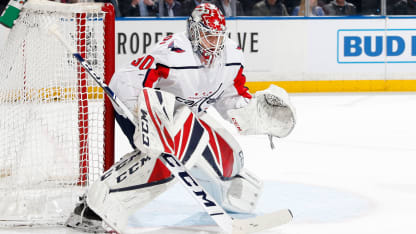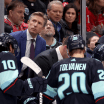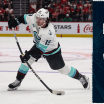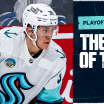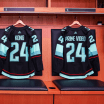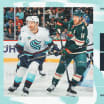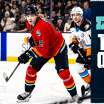Allen, displaced by Binnington during the Blue's incredible run from last in the league in January to Stanley Cup champion in 2019, departs for a two-year free agent deal in Montreal. Allen will share time with Carey Price, a perennial all-star who at 32 last season played a league-high 58 regular-season games for the Canadiens last season. Only Winnipeg's Connor Hellebucyk, the 2020 Vezina Trophy winner for the NHL's top goalie, played as many games.
Many hockey observers contend Montreal will be a stronger team with a proven No. 1, or think of it as 1A, sharing some of the regular season workload. Come playoffs, coaches understandably start with the goalie who has performed the best, these days using goalie analytics to help make the decision. In some cases, that choice is difficult. No matter who starts in the net during the postseason, the goaltender will have to earn the right to remain the starter based on whether the team is winning or not.
"Riding the hot hand" is the usual strategy, though with goalie depth and maybe leading in a series, coaches will trust the other member of the team's goalie tandem to start. This move keeps the backup or 1A goaltender sharp and gives the starting goalie a breather. Based on the 2020 free agency period to date, more coaches will be able to turn to a proven NHL goalie who has averaged 50 percent or more of starts over several seasons.
NHL general managers looking to shore up their net protection still have some quality choices at what will likely be market-friendly for teams: Craig Anderson, 39, leaves the Ottawa Senators as the franchise's winningest goaltender and has a winning record and solid .929 save percentage in 46 postseason appearances. Corey Schneider is on many "best free agents still available" lists likely because he is younger at 34 with a 9.18 career save percentage. Jimmy Howard, 36, a long-time starter with Detroit, and Ryan Miller, 39, the U.S. career leader in NHL wins, could prove to be positive for both a team's culture and goalie depth.
